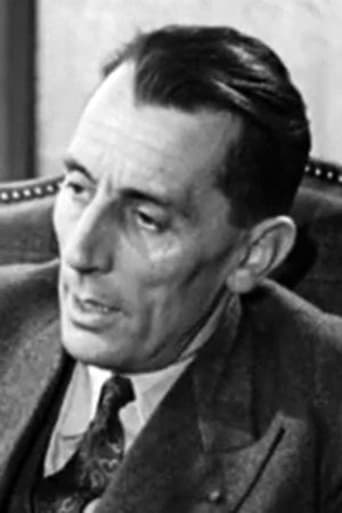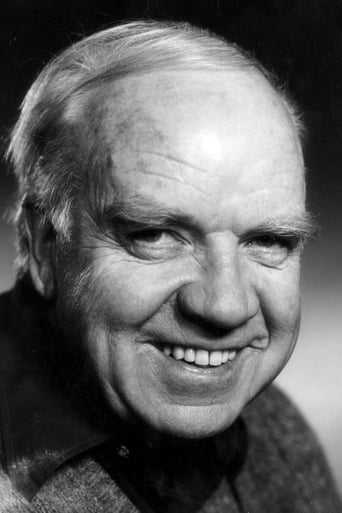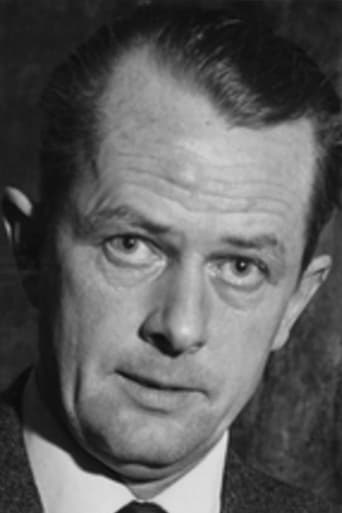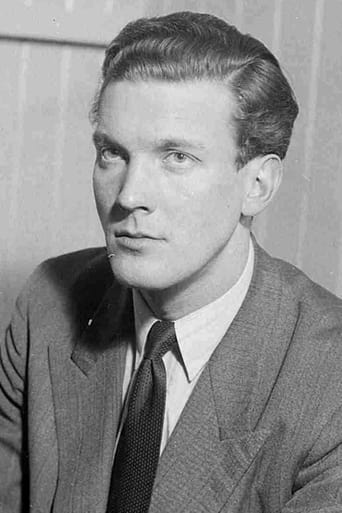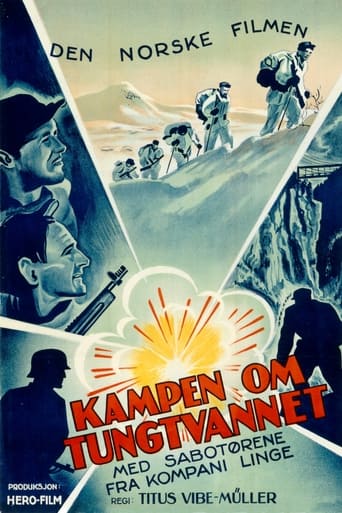
Operation Swallow: The Battle for Heavy Water
February. 05,1948A factual reconstruction of the sabotage events which took place to prevent Hitler's Germany from getting the heavy water needed to make an atomic bomb during the Second World War.
Similar titles
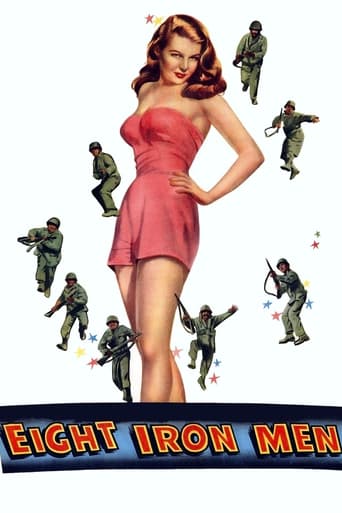
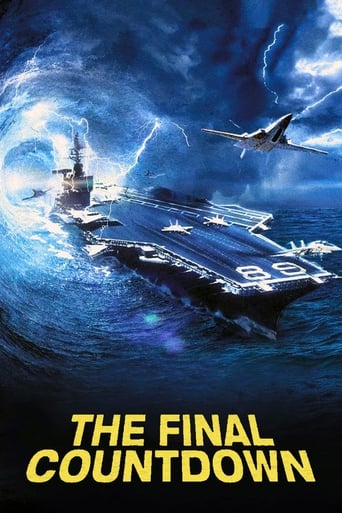
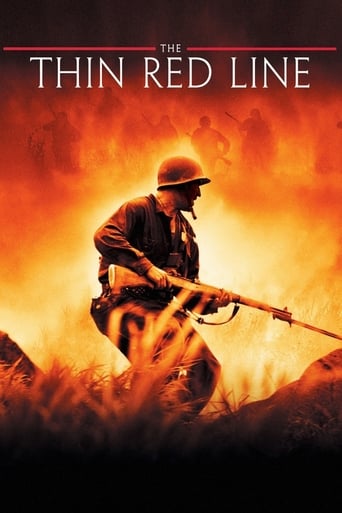
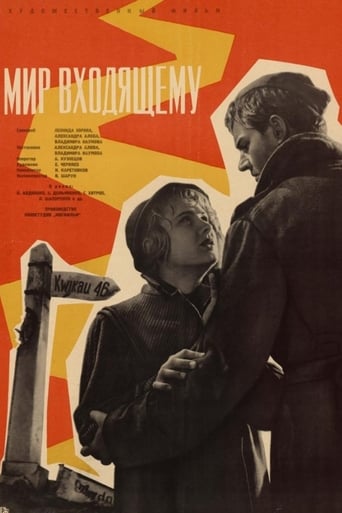
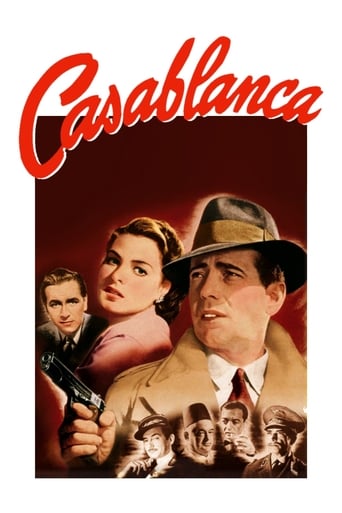
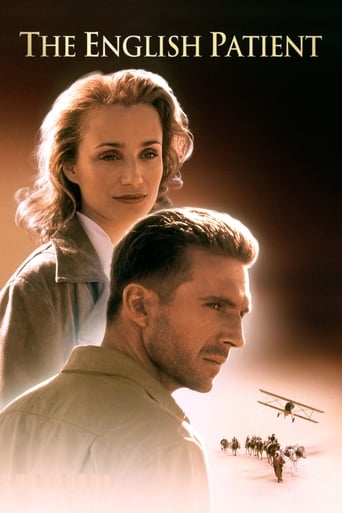


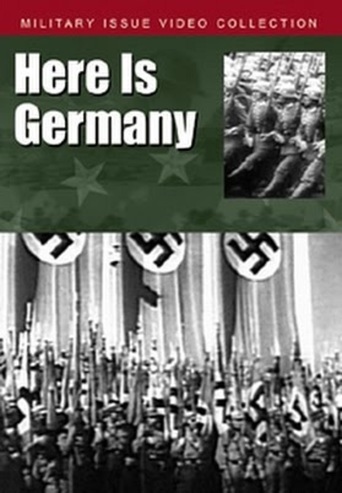
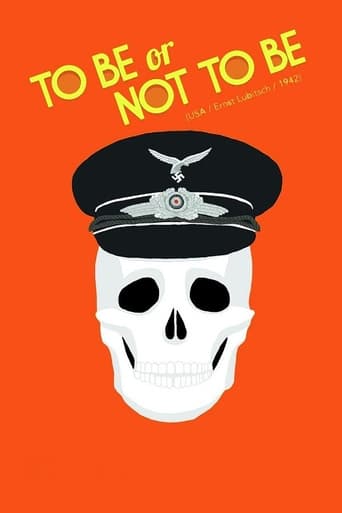
Reviews
I like the storyline of this show,it attract me so much
This story has more twists and turns than a second-rate soap opera.
A great movie, one of the best of this year. There was a bit of confusion at one point in the plot, but nothing serious.
An old-fashioned movie made with new-fashioned finesse.
World War II had several important episodes, but over the years many of them were forgotten or not had due recognition. Besides the famous invasion of Normandy by the Allies, operation known as "D- Day", The Battle of the Heavy Water also played a key role in the outcome of that war. Directed by Titus Vibe-Müller and Jean Dréville in a French-Norwegian co-production, Kampen om Tungtvannet (original title) or Operation Swallow: The Battle for Heavy Water (in English) is a docudrama (documentary drama) that dramatically presented the reconstitution of these events that marked the history of the world and Norway.The film begins by an introduction to the war and the reasons that led France and Germany to become interested in the heavy water produced only in the chemical factory Norsk Hydro, in the Vemork plant on the outskirts of the town of Rjukan in Norway. The first country was seeking it to do research in laboratories on its effectiveness, while the second was aimed at getting it to build a secret weapon. As the heavy water was a byproduct of fertilizer production, its production was limited and on a small scale, which meant that any amount obtained become of paramount importance. While the Norwegians remained neutral in the war, the Allies were able to catch the first batch of the precious liquid. But with the invasion of Norway by the Germans, on the morning of April 9, 1940, the Nazis ordered the Norsk Hydro plant to increase its production. Realizing the threat that the plant had the British Intelligence in London with the Norwegian Resistance came together to take preventive measures and sabotage Nazi Germany's plans involving heavy water.Shot in black and white and without the aspects of large productions such as extravagant action situations and melodramatic approach, Kampen om Tungtvannet uses archival footage and reconstructs the other scenes with the participation of real life counterparts. This gives the movie plenty of realism and authenticity, as well as historical and educational features. Among the counterparts actors we can quote the scientists Frédéric Joliot-Curie and Lew Kowarski and most of the Norwegian saboteurs. So few characters were played by professional actors and the four native languages of the countries involved in the plot were kept: Norwegian, French, German and English. And it is exactly by the common aspect that this film stands out, especially when we remember what was at stake at that time. These are not synthetic heroes we find in American blockbusters, they are just ordinary men who risked their lives to prevent the victory of the Nazi Germany.The photography explores the mountainous region and the harsh climate of Norway through open shots. The rigorous living conditions to which the members of the Norwegian resistance underwent equate to the size of the challenge that was ahead: prevent the Germans build their secret weapon. They faced hunger, cold and also the enemy.This story was also dramatized in a British production called The Heroes of the Telemark (1965), with the participation of Kirk Douglas (citing some of his films: Ace in the Hole - 1951, Paths of Glory - 1957, The Vikings - 1958 and Spartacus - 1960) and Richard Harris (known for A Man Called Horse - 1970), and two TV mini-series, a Canadian (A Man Called Intrepid - 1979) and a Norwegian (Kampen om Tungtvannet - Stopping Hitler's Atomic Bomb - 2015). The Swedish power metal band, Sabaton, also honored this episode through the music called Saboteurs.War is not only won in the trenches or in the battle fronts, being fought by artillery fighting, but by the economic, social and mental mobilization in the rearward. It is won by the adopted strategies and resilience, bravery and wit of all its fighters.Originally posted in: https://vikingbyheart.blogspot.com.br
I saw this film originally in Norway (in Norwegian) in 1965 and was very impressed even then, particularly as several of the "actors" had taken part in the raid which made the film entirely credible. However, it is now possible to buy a version with English dialogue from the resistance and special forces museum in the Akershus fortress in Oslo. Ray Mears has also produced an excellent documentary for the BBC in which he attempted to re-create what happened. Several of the team were interviewed in that documentary. Inspired by the film we have visited Vermork the heavy water factory near Rjukan and were amazed at the skill and bravery of the men who took part in the raid, all of whom evaded the Germans and survived the war. The film made later in Hollywood starring Kirk Douglas does not reflect the reality in the same way.
"In April 1946, the University of Chicago agreed to operate Argonne National Laboratory, with an association of Midwestern universities offering to sponsor the research. Argonne thereby became the first "national" laboratory. It did not, however, remain at its original location in the Argonne forest. In 1947, it moved farther west from the "Windy City" to a new site on Illinois farmland. When Alvin Weinberg visited Argonne's director, Walter Zinn, in 1947, he asked him what kind of reactor was to be built at the new site. When Zinn described a heavy-water reactor operating at one-tenth the power of the Materials Testing Reactor under design at Oak Ridge, Weinberg joked it would be simpler if Zinn took the Oak Ridge design and operated the Materials Testing Reactor at one-tenth capacity. The joke proved unintentionally prophetic."The S-50 plant used convection to separate the isotopes in thousands of tall columns. It was built next to the K-25 power plant, which provided the necessary steam. Much less efficient than K-25, the S-50 plant was torn down after the war.Concerned that the Atomic Energy Commission research program might become too academic, Lilienthal established a committee of industrial advisers, and during a November visit to Oak Ridge, he discussed with Clark Center, manager of Carbide & Carbon, a subsidiary of Union Carbide Corporation at Oak Ridge, the possibility of the company assuming management of the Laboratory.Prince Henry (of Prussia) Arriving in Washington and Visiting the German Embassy (1902). Evidently, with Prince Henry of Prussia according to the principles of science and its dangers their were already concerns with the applications of new science with military applications. The Hohenzollern (1902/II), "Kaiser Wilhelm's splendid yacht at the 34th St. Pier, New York. Taken at the exact moment of Prince Henry's arrival, and the raising of the royal standard." If Royalty knew of these necessary precautions to citizen welfare then what was the necessity of the warfare WWI and WWII. The quality of management control I presume?Thus, did the commandos of Operation Swallow volunteer for a military mission, or a business plan, based on the security principles of Laboratory management? Because supposedly their were no survivors, and the ones who were caught in Europe ordered to be executed. Of the 400 man commando team the survivors who were captured were executed under orders of the German Army against subversion, and espionage acts of the State of Germany. The Führer No. 003830/42 g. Kdos. OKW/WFSt, Führer HQ, 18 Oct. 1942, (signed) Adolph Hitler; Translation of Document no. 498-PS, Office of U.S. Chief of Counsel, certified true copy Kipp Major, declassified DOD 5200.30 March 23, 1983, reproduced at the U.S. National Archives.The OSS Society® 6723 Whittier Ave., 200 McLean, VA 22101
This movie is a half-documentary...and it is pretty interesting....This is a good movie...based on the true story of how a bunch of norwegian saboturs managed to stop the heavy water production in Rukjan, Norway and the deliverance of the rest of the heavy water to Germany.This movie isn't perfect and it could have been a bit better... the best part of the movie is that some of the saboturs are played by themselves!!!If you're interested in history of WWII and film this is a movie that's worth a look!!
Top Streaming Movies













